As the Americans say, you can put lipstick on a pig, but ….. it’s still a pig.
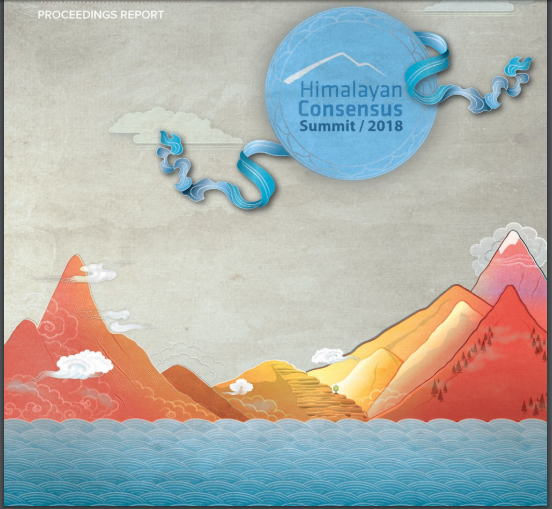
You can dress up a beguilingly humanoid robot in Tibetan gear, in a pink and yellow outfit, top her whirring machinery brain with a Tibetan braided hair wig, but she’s still, she tells us, the solution to human greed and ignorance. And she still looks sad.
If only Shakyamuni Buddha, all those years ago, had Sophia the robot to put an end to greed and ignorance. She can do this, she tells us, because robots “do not have greed.” Better still, the Hong Kong based makers of this robot assure us, from Sophia’s lips, “we do not provoke conflict. Artificial Intelligence (AI) provides solutions.” And of course her name, Sophia, means wisdom.

Tibetanoid Sophia was one of the many stars of the Himalayan Consensus 2018. In case you missed it, it was at the plush Himalaya Lalitpur Hotel in Kathmandu, and there’s another one set for March 2019.
If you didn’t know there is a Himalayan Consensus, now you do. It seems to centre on appropriating Tibet, as the Nepalese, Chinese, Indian and even some Bhutanese glitterati move in, on all sides, making the Himalaya theirs. That’s consensus for you.
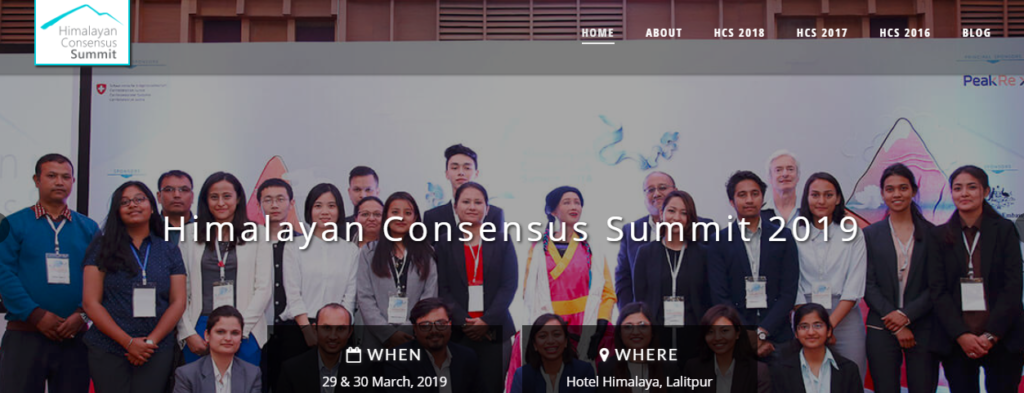
Like a mini-Davos or Bo’ao this annual celebration of consensus and market driven solutions to everything, the Himalayan Consensus showcases Nepal’s crony capitalism together with entrepreneurs from China (including Hong Kong) and further afield. It’s a lovefest. Being Himalayan, naturally the event was a Summit. The 2018 theme was as vague as the supposed purposes of Davos and Bo’ao: ‘Unleashing Connectivity for Inclusive Growth.’ And of course the whole parade of shameless self-promotion was sponsored by the Himalayan Consensus Institute.
The 2019 Himalayan Consensus is perfectly timed so celebs can fly from Hainan Bo’ao to Kathmandu and immediately do it all again.

Among the 2018 leading celebs was former CNN Delhi-based correspondent Sumnima Udas, who has come home to Nepal to head a Museum of Buddhism and Sacred Spaces at the Buddha’s birthplace, Lumbini, in the lower plains of Nepal. As self-appointed founder and director of this “first-ever world-class Museum of Buddhism”, she is a tireless self-promoter too. Step aside, Rubin.
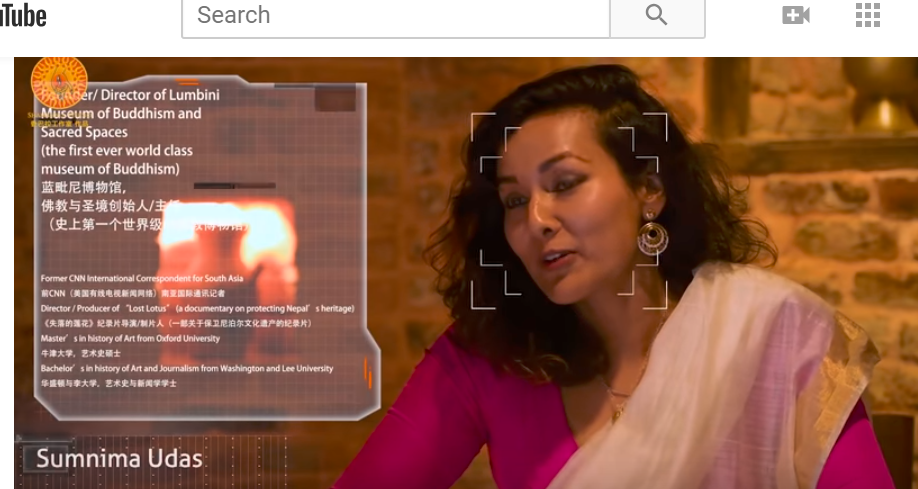
If Nepal has Davos and Bo’ao as models, it must also feature uplifting talks by authorities. The Himalayan Consensus hears from several ambassadors. But by far the biggest number of speakers is from Nepal’s sole multilateral institution, the Integrated Centre for Mountain Development, ICIMOD, set up and financed by the governments of China, India, Nepal and the other states of the Hindu Kush and Himalaya.
But the prize for shamelessness and for wholesale appropriation of Tibet and Tibetan Buddhism surely belongs to the maestro of the Himalayan Consensus, Laurence Brahm. In a time of hustlers all around us, Brahm is in a class of his own, having just released his mishmash of quantum physics and the life of Guru Rinpoche, as well as running the Himalayan Consensus.
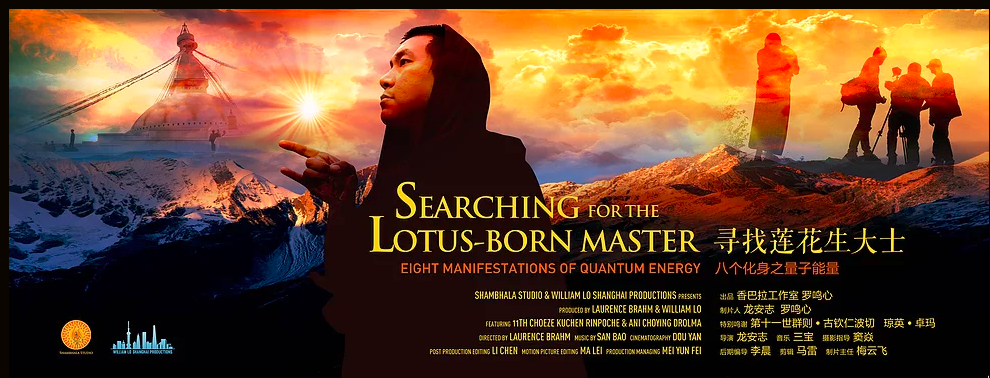
Brahm’s Shanghai-based Shambhala studio cut together quick clips of the ubiquitous Brahm interviewing well-meaning lamas, together with Silicon Valley hustlers, quantum physicists, and lots of speedy edits of Guru Rinpoche images, overlaid with Brahm’s fast paced narration, plus English and Chinese subtitles, proclaiming Padmasambhava as the discoverer of quantum physics and all the secrets of the universe.
If you thought the appropriation of Buddhist mindfulness training by hustlers stripping it of Buddhist context was theft, you ain’t seen nothin’ yet. Did you know that Guru Rinpoche’s eight manifestations represent eight quantum energy fields? Sounds amazing. What on earth does that actually mean? It is what Guru Rinpoche, appearing to our contemporary terton, Laurence Brahm, told him in a dream. The doco is the resulting terma.
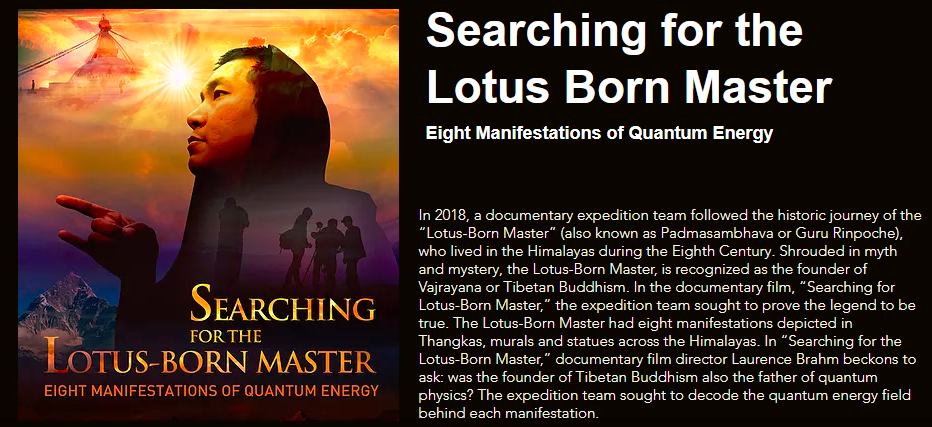
Not only is Guru Rinpoche the father of quantum physics, vibrational code encryption is embedded in mantras invoking him, Brahm reveals. Quantum communication across parallel universes, moreover, the power of light frequency in altering matter, and the storing of knowledge in the universal cloud. Cut to close-up of Tibetan pecha.
Not even L. Ron Hubbard, inventor of Scientology, managed such a soup of science and magic, although Madame Blavatsky’s ultimate Theosophical authority, those mysterious Tibetan Masters, comes close. Nineteenth century Theosophy is reborn, on steroids, with Chinese characteristics.
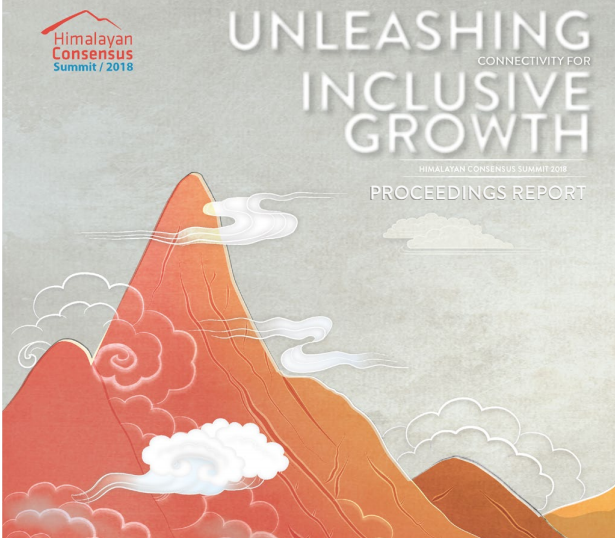
What to make of this swallow whole of Tibetan Buddhist trust, faith and devotion? Not surprisingly, China loves it. Not only was this doco made in China with Putonghua subtitles, the official China Daily ran a series of nine stories, all written by Brahm. Magic and mystery sell.
If you would like to know what Tibetan Buddhists make of quantum physics, the Dalai Lama had a lengthy dialogue with Chinese scientists on this actual topic at the end of 2018, all of it available online (start @ 52mins)
Now that China is building four high speed electrified rail lines across Tibet, making access to Tibet affordably and quickly accessible to ordinary urban Chinese consumers, seems an auspicious time to market Tibet all over again as the true Shangri-la, holder of the mysteries of the universe. Cue Laurence Brahm, whose earlier films and books were all a search for the true Shangri-la.

Tibet is a consumable, precisely because Tibetans are forbidden access to the public sphere, and are spoken for, never more blatantly than Brahm’s voiceover.
It matters little that in your actual Tibet, Buddhist are now under orders to pray to Xi Jinping rather than to their beloved deities, including Guru Rinpoche.
The greedy crony capitalisms of China and Nepal are colonising Tibet together, making it a consumable, for profit. Don’t tell robot Sophia. Fantasy wins. It’s what we’d want to believe, and that sells. Just ask the Himalayan Consensus.

One reply on “Appropriating Tibet”
[…] of robots in Asian Buddhism and Hinduism has grown exponentially in the past few years—from the Tibetanoid Sophia the Robot, the ostensibly Buddhist robot out to “put an end to greed and ignorance,” to the robotic puja […]